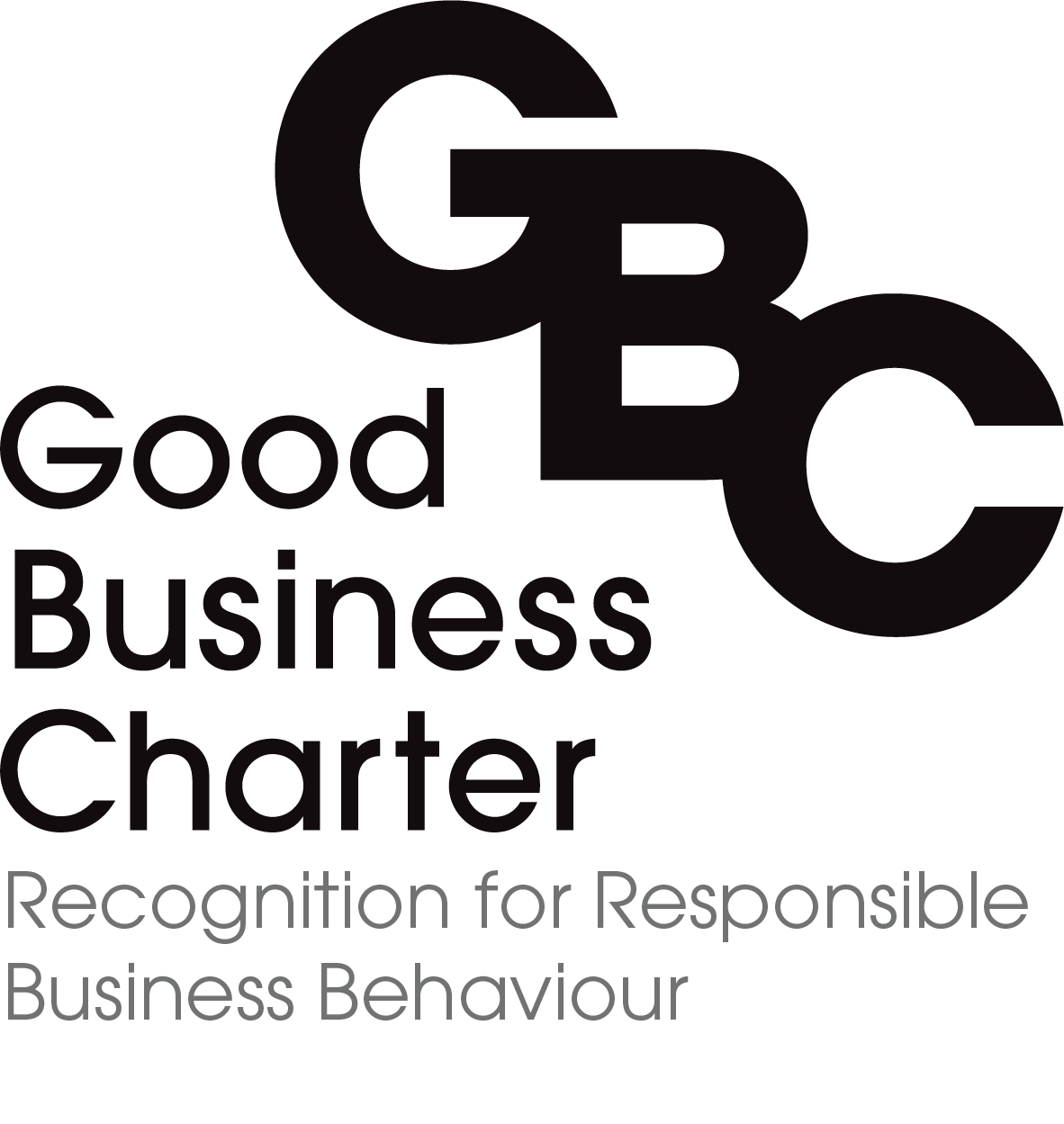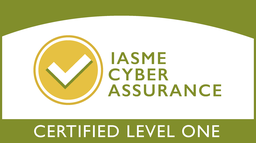Would you recognise the most common types of bully?
According to acas, bullying in the workplace costs the UK £18b a year – roughly £545 per employee. Putting that in context, if you’ve got 1,000 staff that’s over £500k; if you’ve got 10,000 staff that’s over £5M.
Let’s examine the bully, and what guises they come in; before I get shot down, I should say that any type of bullying is not acceptable and has no place in our working culture. It devastates lives of the victims and their families. It’s toxic spreads through organisations undermining trust, performance, engagement and often safety, mental health and wellbeing.
Too many organisations either don’t acknowledge the problem or bundle it all under one heading. Tackling the problem is much easier, and the results more enduring, if we understand the root causes.
Let’s examine the bully, and what guises they come in; before I get shot down, I should say that any type of bullying is not acceptable and has no place in our working culture. It devastates lives of the victims and their families. It’s toxic spreads through organisations undermining trust, performance, engagement and often safety, mental health and wellbeing.
Too many organisations either don’t acknowledge the problem or bundle it all under one heading. Tackling the problem is much easier, and the results more enduring, if we understand the root causes.
![Two arrows, one grey with the text "?18b per year" and one blue with "?545 per employee" and text underneath wth "workplace bullying costs the UK economy an estimated ?18b per year [3]. That equates to to ?545 per employee [3]"](https://www.workinconfidence.com/wp-content/uploads/2019/04/WP_IMAGE_3-1.jpeg)
Not all bullies and bullying problems are the same – although they may be equally damaging for staff and your organisation. There are several different types of bully and each type of bully can be tackled in a different way. That is not, for one moment, to suggest that the victims in each case don’t also need help and support first and foremost.
Here we look at the most common types of the bully – and how to deal with them!
Accidental (one friend termed this the “Mortified Bully”)
The accidental bully neither has an intention to bully, nor gains satisfaction from the act of bullying. The accidental bully may feel they have high standards and are just trying to instil these in their team. They may feel they are just getting the best out of people and for their organisation. They may feel that everyone should be able to cope with a “bit of pressure”. The interesting thing about the accidental bully is that if they knew the effects they were having on people, they would probably be mortified (hence the alternative name). The effects are no less devastating on individuals than more deliberate bullies. However, if these bullies can be made aware of the effects of their actions, there may be a willingness to try and adapt and remove this trait. It won’t always be easy, but it can be done.
Actions: The accidental bully needs to be made aware of the effects of their actions on others and be willing to accept the need for change. They may well require coaching to help remove this trait. So long as they are willing to work on things, they may well be able to become a valuable team player over time.
Actions: The accidental bully needs to be made aware of the effects of their actions on others and be willing to accept the need for change. They may well require coaching to help remove this trait. So long as they are willing to work on things, they may well be able to become a valuable team player over time.
Referred
Referred bullying is when the bully themselves is under pressure to achieve – possibly without the right resources. The referred bully may themselves be on the receiving end of bullying. The effect is just the same, however. In order to attempt to make up for possible shortfalls in a part of the organisation they pass the pressure on to colleagues – particularly subordinates – in a bullying way.
Actions: Whilst the referred bully needs to be made aware of, and commit to, working through their behaviours, the organisation itself needs to show greater self-awareness of wider shortcomings. This may be in areas such as resource allocation, target setting, and central management behaviours and expectations.
Actions: Whilst the referred bully needs to be made aware of, and commit to, working through their behaviours, the organisation itself needs to show greater self-awareness of wider shortcomings. This may be in areas such as resource allocation, target setting, and central management behaviours and expectations.
Malevolent (also possibly Narcissistic Bully)
The malevolent bully is the most sinister. Their behaviours are often rooted in a pattern of aggression to, and humiliation of, others. This is often linked to their own marked character flaws. This type of bully may well derive a perverse form of satisfaction from bullying others. At the same time, they may well be adept at covering this up with others in the organisation. On many levels therefore they may appear highly successful and productive people, masking the devastation they cause.
Actions: The Malevolent Bully often has deep behavioural issues at the centre of their actions. They may, in some cases, be recoverable as team players. However, this will require personal commitment to change which may not be forthcoming. It will also need a considerable period of coaching/behavioural intervention. If you decide to persevere with this sort of employee, extreme care needs to be taken before they are put in a position of authority over others. It just isn’t fair to other team members – whatever you feel they may deliver to the organisation.
Actions: The Malevolent Bully often has deep behavioural issues at the centre of their actions. They may, in some cases, be recoverable as team players. However, this will require personal commitment to change which may not be forthcoming. It will also need a considerable period of coaching/behavioural intervention. If you decide to persevere with this sort of employee, extreme care needs to be taken before they are put in a position of authority over others. It just isn’t fair to other team members – whatever you feel they may deliver to the organisation.
Self-Interested
The self-interested bully just wants to personally progress any cost. Their interest may be in pushing others back who they may see as in their way, or in just moving ahead as quickly as they can themselves, irrespective of the fallout that causes.
Actions: Have clear values and expected behaviours which include respect and fair treatment of colleagues. It should be noted of course that the above are neither exhaustive nor mutually exclusive.
Actions: Have clear values and expected behaviours which include respect and fair treatment of colleagues. It should be noted of course that the above are neither exhaustive nor mutually exclusive.
![Graphic of a circle with 48% in it and a person with 48% of them Orange and the rest Blue and the text "just 48% of victims and witnesses acted on the evidence [2]"](https://www.workinconfidence.com/wp-content/uploads/2019/04/WP_IMAGE_2.jpeg)
![A graphic with a speech bubble that includes 24% then the text "24% of the NHS workforce say they have ben bullied in the last year [4]"](https://www.workinconfidence.com/wp-content/uploads/2019/04/WP_IMAGE_4.jpeg)
In every case as well as the actions above the following are all recommended to help mitigate the chances of your organisation suffering bullying:
- Clear organisational values and expected behaviours
- Easy reporting mechanisms
- Clear agreed group and individual targets
- Regular personal assessments and appraisals
- Regular organisational checks (surveys, pulse surveys) etc
This article looks at things very much from the behaviours of the perpetrator. Proper attention should be paid to working with the victims of bullying, both to spot it, remove them from it and help them to overcome and recover from it.
A safe and secure way for your people to anonymously raise concerns via phone, tablet, or PC, ensuring you are aware of any workplace issues and can respond quickly and accordingly
A secure online place to record, track, update, and report on all speaking up matters, whether raised through WorkInConfidence or directly.
Easily set up, run and interpret surveys on engagement, respect, wellness or other topics to ensure you always understand your people, their needs and motivations.
Demonstrate your commitment to collaboration with discussion boards to accelerate employee engagement and gain greater insights – anonymous if required.
Subscribe for insights
Get actionable employee listening insight & resources, direct to your inbox





